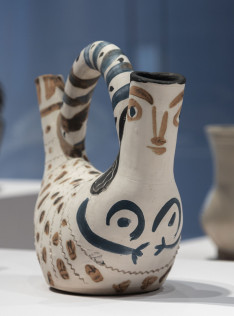Presentation

Disseny Hub Barcelona (Photograph by Pep Herrero)

Mireia Escobar, director of Disseny Hub Barcelona.





Dress with caraco (1782-1787). Photo: Dizy Díaz

The Disseny Hub Barcelona (DHub) is the reference public facility for the recognition and promotion of the Creative Industries, as well as for the dissemination of design heritage and culture.
Under the direction of Mireia Escobar, the DHub deploys promotion policies in the fields of design, architecture, urban planning, innovation and technology. This is a space that welcomes and supports the city's creative talent, working with training centers, creators and business environments on a local and international scale.
The DHub is the headquarters of Barcelona Design Museum, with the dual function of conserving, interpreting and exhibiting its holdings and developing a proposal for exhibitions and activities around design.
These objectives are translated into a program that aims to disseminate and bring these disciplines closer to the public through exhibitions and activities for all audiences, but which also seeks to boost and promote the sector through a program that includes conferences, festivals and awards together with that of entities based at the DHub: Barcelona Creativity & Design Foundation, the Arts and Design Promotion (FAD), the Art Directors Club of Europe (ADCE), the Association for the furniture study and the El Clot-Josep Benet Library.
The DHub's role in education and research is also fundamental, through a close link with universities and an extensive program dedicated to schools, as well as the work done from the Library and Archive of Design, consultation and research space specialized in decorative arts and design.


